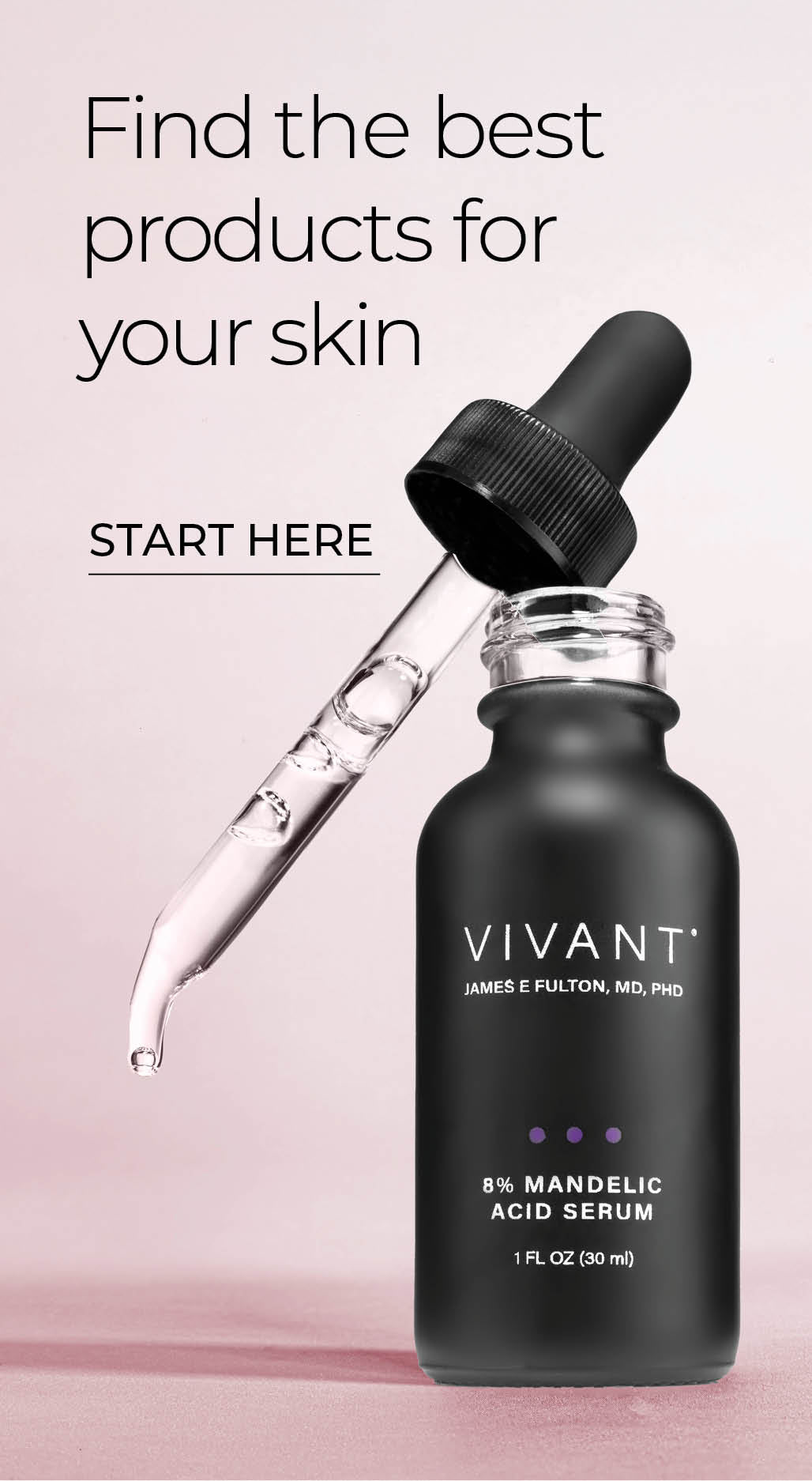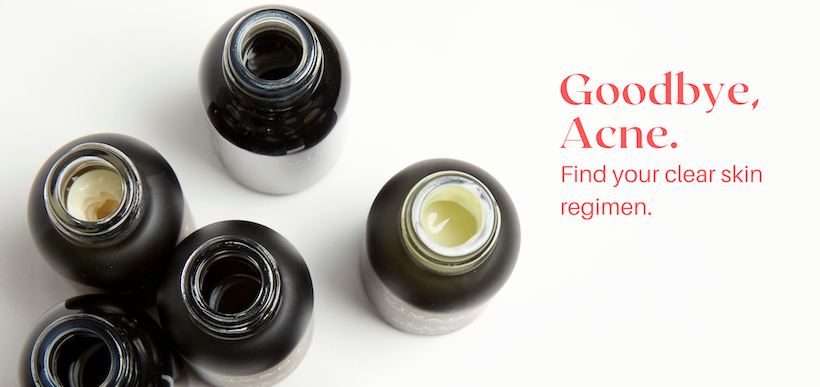5 Questions About Lactic Acid Answered

There’s almost no formula that can’t be improved with a bit of lactic acid. In everything from cleansers, to toners, to serums, and retexturing body lotions, this gentle superstar alpha-hydroxy acid ranks high on benefit with none of the problems that stronger acids can bring. It’s a powerful change agent that walks softly but carries a big kick.
What is lactic acid?
Lactic acid is a prominent member of the alpha-hydroxy family. Though it can come from fermented milk, it is often sourced from the fermentation of plant-based carbohydrates. Like other AHAs, lactic acid works by dissolving the proteins binding skin cells together, which results in a sloughing off of dead cells and debris.
What does lactic acid do for your skin?
A gentle exfoliator, lactic acid reduces the appearance of fine lines, brightens dull skin, fades excess pigment, and clears acne impactions. Lactic acid is a highly proficient humectant, which means it draws moisture into the skin and holds it there to increase elasticity and suppleness. It also functions as a pH regulator, anti-microbial agent, anti-inflammatory, and melanin-inhibitor.
Which is better, lactic acid or glycolic acid?
Both lactic acid and glycolic acid are excellent agents for removing the dull, dead skin and reviving a healthy glow. Glycolic acid has a much smaller molecular structure, so it penetrates more rapidly, which can irritate sensitive skin. Due to its larger molecular structure, lactic acid works mainly on the skin’s surface, which places it among the most gentle of the AHAs. Lactic acid is a better choice for those with extra-dry, sensitive, or reactive skin, or those new to acids in skincare.
Does lactic acid stimulate collagen?
As lactic acid lifts epidermal cells, it spurs the regeneration of new cells and stimulates the production of collagen and elastin. Lactic acid is often part of formulas for ageless skin because of its smoothing and lifting properties.
What skin issues is lactic acid best for?
Lactic acid is a versatile player that has multiple benefits. Because of its unique properties and gentle action, it can function as balancer or booster in formulas for acne, aging, or discoloration. You’ll find lactic acid in many of Vivant’s corrective serums and toners.
Vivant’s Derm-A-Gel, Exfol-A, Exfol-A Forté harness the synergy of lactic acid and vitamin A to nourish, renew, refine and retexture acneic, aging, or discolored skin.
Derm-A-Renew and Rejuv Rx add collagen-building peptides to the formula for even more dynamic lifting and firming properties.
Lactic acid and mandelic acid, two gentle AHA brighteners, are teamed in Vivant’s Mandelic Acid 3-in-1 Serum in 8% or 15% formulations to target acne, aging, and hyperpigmentation without irritation. These serums are especially good for hyperpigmentation-prone dark skin tones. You’ll also find this combination in Vivant’s 3% Mandelic Acid 3-In-1 Toner for refining and prepping the skin for optimal absorption of the serum.
Lactic acid tempers the strength of glycolic acid for the best of both worlds in Vivant’s Normalizing Tonic and Normalizing Tonic Forté.
Along with vitamin A propionate, lactic acid is the star of Vivant’s retexturizing Clear Body Therapy for controlling acne on back and chest, smoothing away keratosis pilaris, or softening dry, cracked skin on heels, elbows, and knees.


Comments
Love Derm-a-renew ! I have used it for a few years now and am amazed at the results! It truely renews your skin! Thank you for this product!